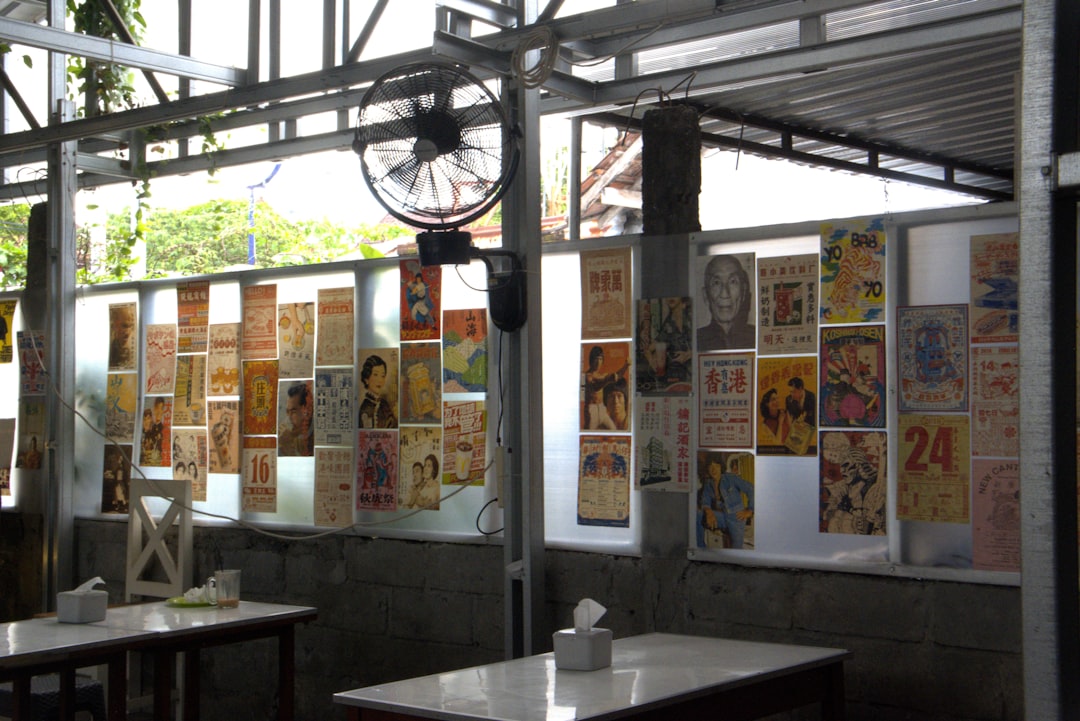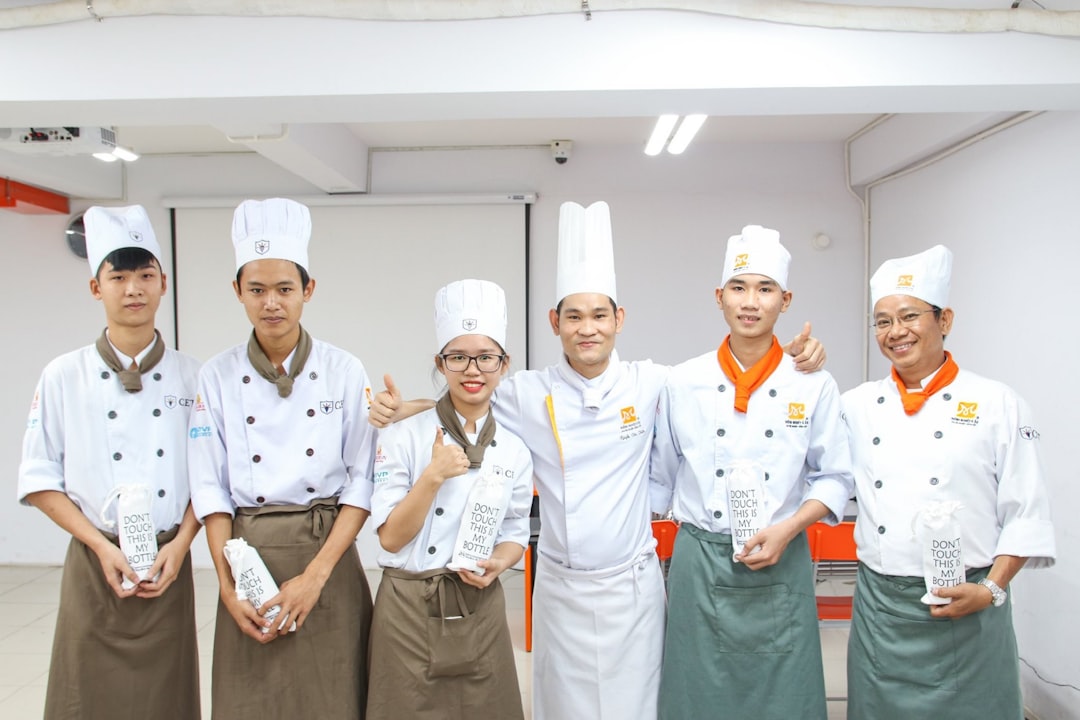Ever watched your staff scramble during a dinner rush while orders pile up, communication breaks down, and customers grow impatient? You're not alone. Restaurant operational efficiency isn't just a fancy business term—it's the difference between thriving and barely surviving in today's competitive market.
Operational efficiency is the streamlined execution of all restaurant activities—from kitchen operations and customer service to inventory management—designed to reduce waste, lower costs, and maximize productivity. Simply put, it's the ratio of what you get (outputs) compared to what you put in (inputs). Higher efficiency means achieving more with fewer resources.
Think of it as the engine that powers your restaurant's performance. When tuned properly, everything runs smoothly. When neglected, the entire operation sputters and stalls—leaving customers waiting, food wasting, and profits evaporating.

While many factors influence your restaurant's efficiency, four core elements stand out:
Analyze your current operations. Where are the bottlenecks? Is your kitchen layout causing unnecessary movement? Are servers taking inefficient routes?
According to restaurant operations experts, "Every minute spent on tasks that don't increase revenue is a wasted minute." Map out your processes and eliminate redundancies to create smoother service flow.
Consider the classic kitchen brigade system—it's stood the test of time because it creates clear responsibilities and minimizes confusion. Modern restaurants can adapt this concept by creating station-specific checklists and clearly defined handoff points between prep, cooking, and expediting.
Modern restaurant management requires modern solutions. Integrated POS systems, inventory tracking software, and order management platforms can transform your operation from chaotic to coordinated.
GRUBBRR's research on operational efficiency shows that restaurants implementing integrated technology solutions see significant improvements in order accuracy and service speed. Think of technology as your silent partner—one that never calls in sick and works 24/7 to keep everything connected.
Poor inventory management is one of the hidden reasons why restaurants lose money. Overstocking leads to waste, while understocking causes disappointed customers and lost sales.
Implement inventory tracking systems that provide real-time data on stock levels, helping you make informed purchasing decisions and reduce food waste by 20-30% in many cases. The days of clipboard inventory counts and gut-feeling ordering are over—the margins are too thin and the competition too fierce.
Your team is your greatest asset. Cross-train employees to handle multiple roles, improving adaptability during peak hours. Ensure everyone understands their responsibilities and how their role contributes to the restaurant's overall efficiency.
The best restaurants have staff who can seamlessly shift positions during a rush—like a server who can jump on the expo line or a bartender who can run food when needed. This flexibility creates a resilient operation that can handle unexpected spikes in volume without collapsing.
Now let's move from theory to practice with actionable strategies:
Fragmented systems create fragmented results. An integrated platform that combines order taking, delivery management, POS, and customer loyalty programs eliminates data silos and communication gaps.
This integration is crucial because, as restaurant technology experts at Chowbus note, disconnected systems often lead to errors, delays, and frustrated customers. Imagine a busy Saturday night where your third-party delivery tablet orders never make it to the kitchen, or your online orders show up in a different queue than in-person orders. Integration solves these costly disconnects.
Your menu isn't just a list of dishes—it's a strategic tool. Analyze which items sell well and which don't. Consider:
Menu engineering is both art and science. The classic "menu matrix" approach—categorizing items as stars (high popularity, high profit), puzzles (high profit, low popularity), plow horses (high popularity, low profit), and dogs (low popularity, low profit)—remains effective decades after it was developed.
Modern restaurant management requires moving beyond gut feelings. Use your POS data to:
According to BinWise's restaurant operations research, restaurants that make data-backed decisions consistently outperform those relying solely on intuition. It's like the difference between navigating with a GPS versus a paper map—both can get you there, but one is considerably more efficient.
Poor communication between front-of-house and back-of-house staff creates costly mistakes and delays. Implement clear communication protocols and consider technology solutions that connect your team seamlessly.
When kitchen staff receive orders instantly and accurately, preparation time decreases and order accuracy improves—directly enhancing customer satisfaction. Consider the nightmare scenario of a server forgetting to inform the kitchen about a severe food allergy. Proper communication systems eliminate these dangerous and costly errors.
Technology has revolutionized restaurant efficiency. Consider these game-changing tools:
Modern POS systems do far more than process payments. They:
Lark Suite's analysis of operational efficiency shows that restaurants using integrated POS systems report significant improvements in order accuracy and processing speed. The old standalone cash register has been replaced by dynamic systems that serve as the central nervous system of restaurant operations.
Automated inventory systems help prevent both overstocking (which ties up capital and leads to waste) and understocking (which disappoints customers). These systems can:
Think about the classic restaurant challenge of Sunday brunch prep. Too little, and you'll run out of popular items. Too much, and Monday begins with excessive waste. Smart inventory systems learn your patterns and help you hit that sweet spot consistently.
Self-service options reduce labor costs while increasing order accuracy. They also:
Fast-casual chains have demonstrated the power of self-service options, with many reporting 15-30% higher average tickets when customers order through kiosks rather than with cashiers. The technology removes the social pressure that sometimes prevents customers from adding extra items.
You can't improve what you don't measure. Track these KPIs to gauge your operational efficiency:
Target: 28-32% of revenue Formula: (Cost of goods sold ÷ Food sales) × 100
A steakhouse might run higher (35-40%) while a pasta restaurant might run lower (20-25%), but knowing your target and tracking variances is critical. A sudden spike in food cost percentage can reveal spoilage, theft, or portion control issues before they seriously damage profitability.
Target: 25-35% of revenue Formula: (Total labor cost ÷ Total sales) × 100
Labor is typically the largest controllable expense in a restaurant. Efficient operations maintain this crucial ratio by adjusting staffing to match anticipated volume. The best operators know precisely how many servers, line cooks, and support staff they need at each sales volume point.
Formula: Number of parties seated ÷ Number of tables
In fine dining, a lower turnover rate with higher check averages might be the goal. In casual dining, turning tables efficiently during peak periods is essential. Understanding your ideal turnover rate helps optimize both staffing and menu design.
The time between order placement and delivery to the customer
This metric directly impacts customer satisfaction and table turnover. Long ticket times create frustrated customers and reduced capacity. Monitoring this KPI can help identify kitchen bottlenecks or expediting issues before they become critical problems.
Collect feedback through surveys, comment cards, or digital platforms
The ultimate measure of operational efficiency is customer experience. Efficient operations that sacrifice quality aren't truly efficient. Balance speed and quality by tracking customer feedback alongside operational metrics.
Even well-intentioned efficiency efforts can hit snags:
Solution: Involve staff in planning, demonstrate benefits, and implement changes gradually
The veteran server who's been hand-writing tickets for 20 years may resist a new POS system. Involve them in selection and training to convert skeptics into champions. Share success stories and small wins to build momentum.
Solution: Choose integrated systems with intuitive interfaces and provide thorough training
Too many separate technologies create confusion and inefficiency. Select platforms that work together seamlessly and prioritize user-friendly interfaces. Remember that the most advanced system is useless if your team can't or won't use it.
Solution: Create clear standard operating procedures and regular performance reviews
The Monday morning prep crew might follow a different process than the Thursday crew, creating inconsistency. Documented procedures, regular training reinforcement, and performance metrics ensure everyone follows the same playbook.
Solution: Establish communication protocols and regular team meetings
The dinner shift might not communicate special prep needs to the morning crew, creating last-minute scrambles. Implement shift change checklists, pre-service meetings, and digital communication tools to keep everyone informed.
While many restaurants struggle with multiple disconnected systems, Spindl's all-in-one platform integrates order taking, delivery management, self-service, POS, and loyalty systems into a single device.
This integration eliminates the fragmentation that often leads to restaurants losing money through missed orders, communication errors, and inefficient processes. It's like replacing a kitchen full of single-function appliances with one multifunctional device that does everything better.
With built-in integration across delivery apps, real-time analytics, and seamless POS functionality, Spindl transforms the complex web of restaurant operations into a streamlined, efficient system. Restaurant managers can stop playing technology referee and focus on what matters: delighting customers and driving profitability.

Restaurant operational efficiency isn't achieved overnight, but each improvement builds on the last. Start with these steps:
The most successful restaurants aren't necessarily those with the most innovative menus or trendiest locations—they're the ones that execute consistently and efficiently. By focusing on operational excellence, you'll not only boost your bottom line but also create a better experience for both customers and staff.
Ready to transform your restaurant operations? The path to greater efficiency starts with the right tools and strategies. Your customers might not see all the operational improvements happening behind the scenes, but they'll certainly feel the difference—and so will your bottom line.
